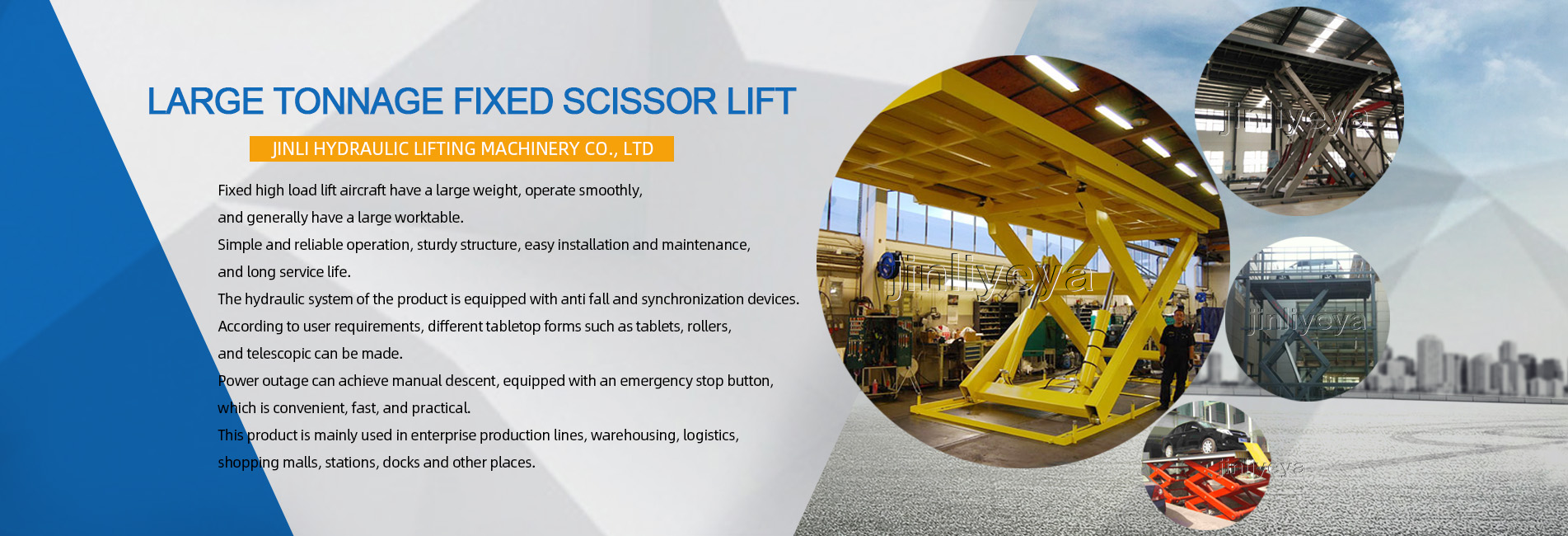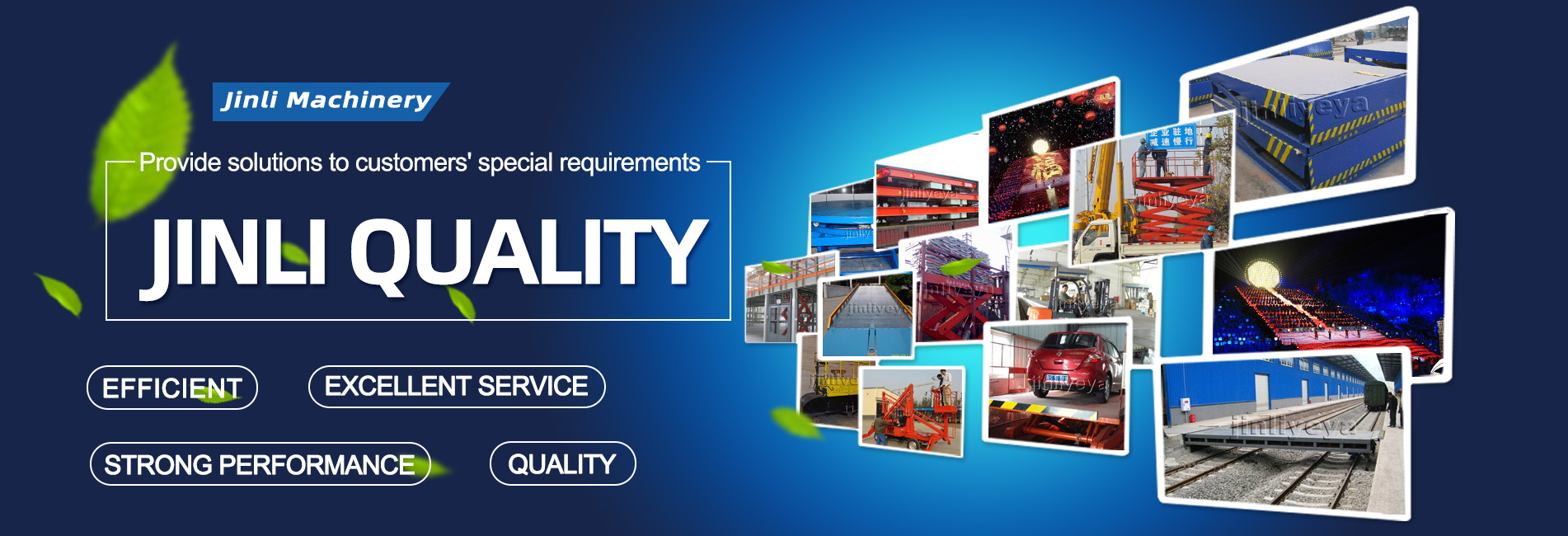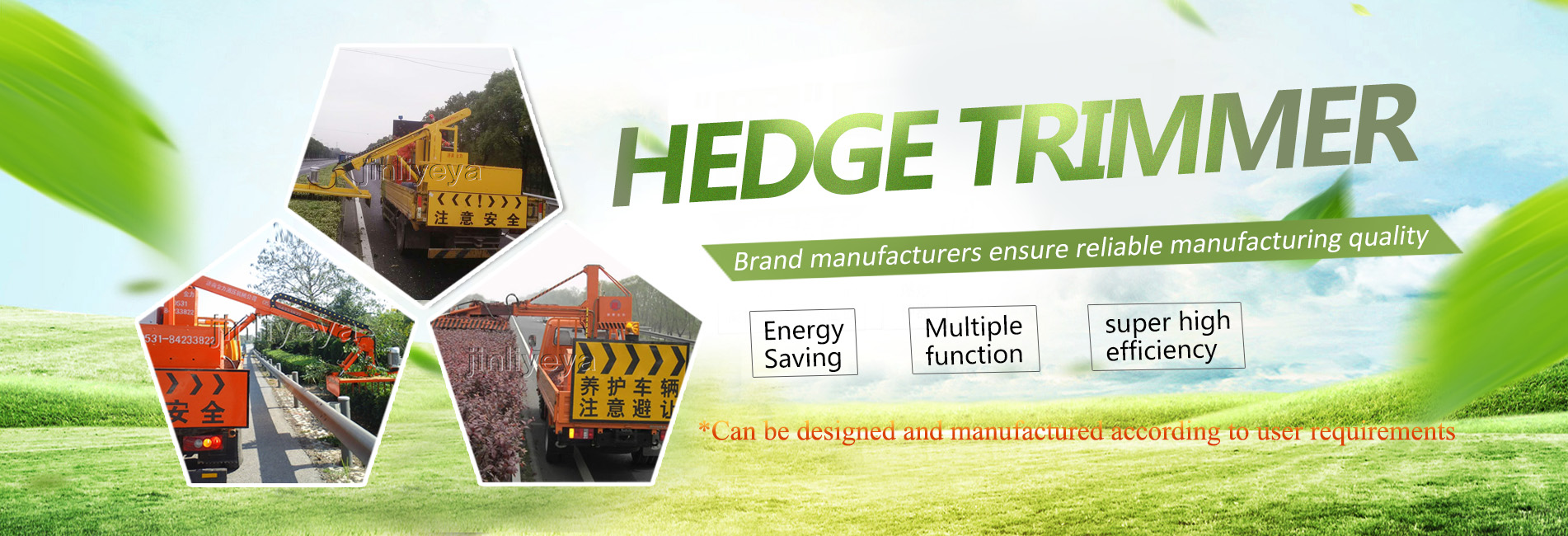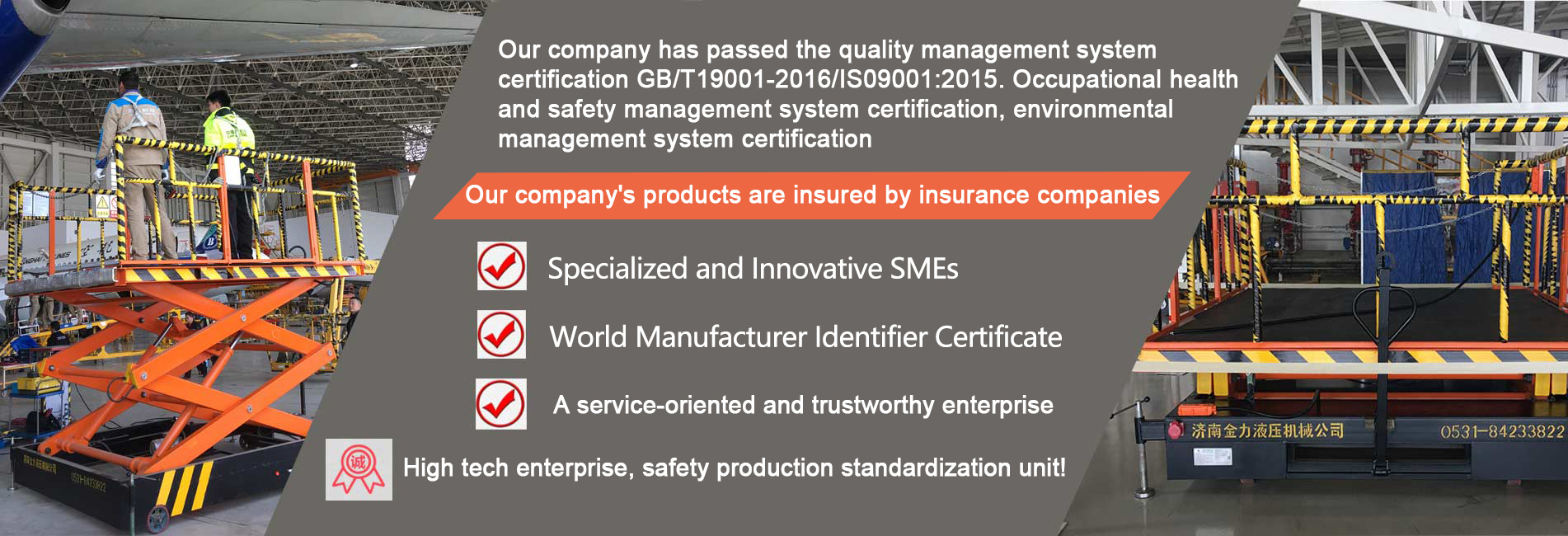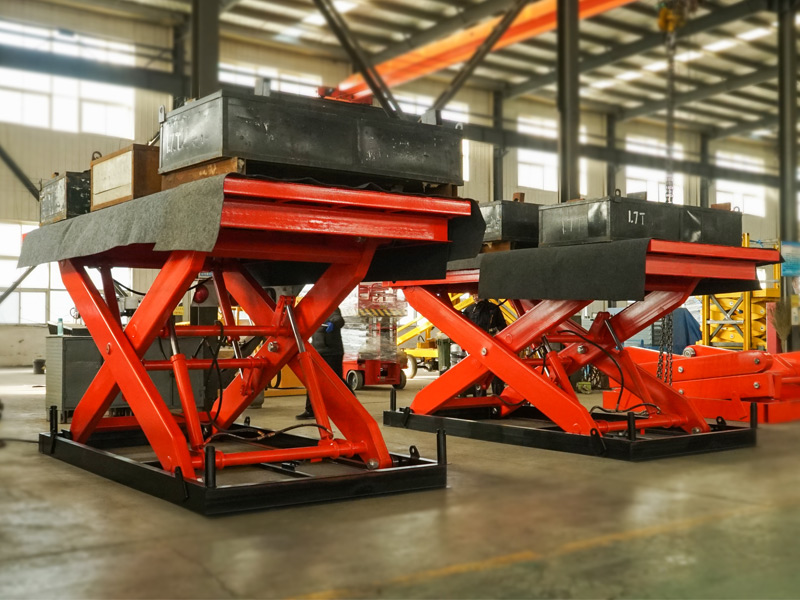
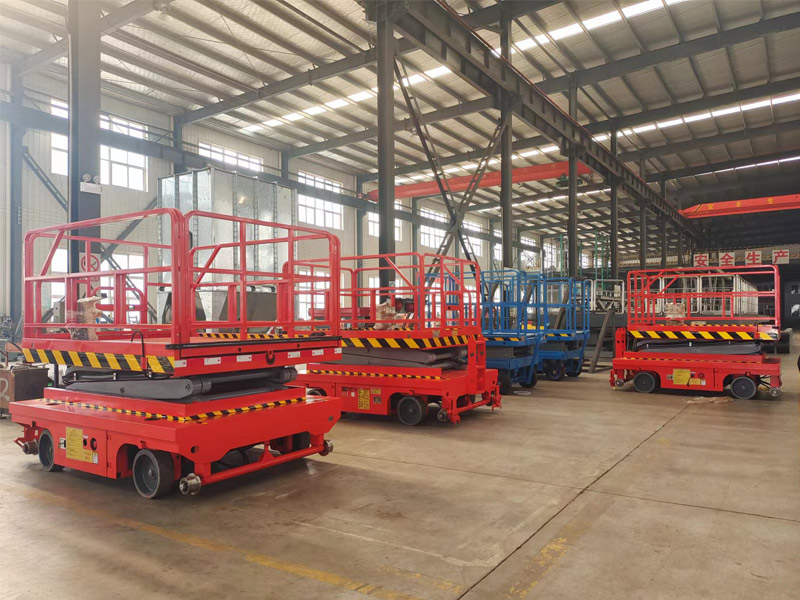
A cargo lift is a mechanical device primarily used for lifting and transporting heavy objects. The design concept mainly considers the following aspects:
1. Functional requirements: Firstly, it is necessary to clarify the main functions of the cargo lift, such as lifting weight, lifting height, working frequency, etc.
2. Structural design: Design a suitable structure based on functional requirements. A cargo lift typically consists of a base, lifting mechanism, control system, and other components. Among them, the lifting mechanism is a key component that needs to consider factors such as strength, stiffness, and stability.
3. Control system: The cargo lift requires a control system to control the movement of the lifting mechanism. The control system needs to be able to implement controls to ensure the safety and stability of the goods.
4. Safety: Cargo lifts need to have comprehensive safety measures to prevent accidents from occurring. For example, overload protection, overload protection, limit protection, etc. are required.
5. Environmental friendliness: Cargo lifts need to consider environmental factors such as noise, vibration, emissions, etc.
6. Maintainability: The cargo lift needs to be designed as an easy to maintain and upkeep device to reduce downtime and repair costs.
In summary, the design concept of a cargo lift needs to comprehensively consider factors such as functional requirements, structural design, control system, safety, environmental friendliness, and maintainability, in order to design equipment with excellent performance and easy maintenance.


